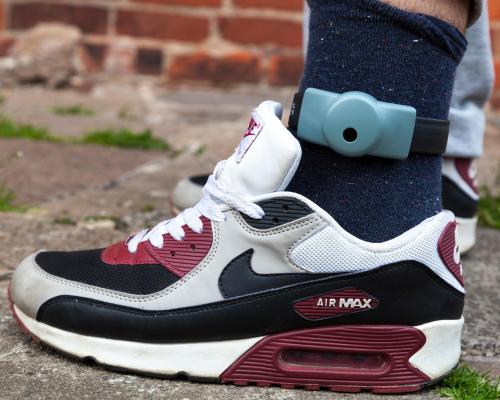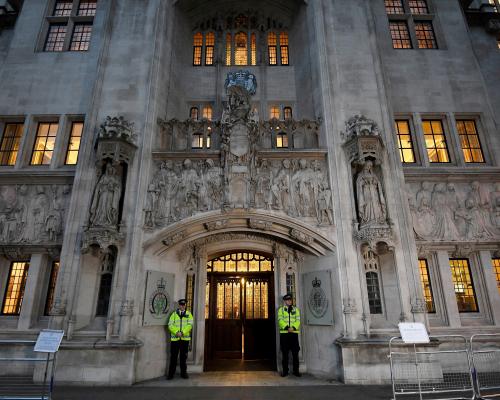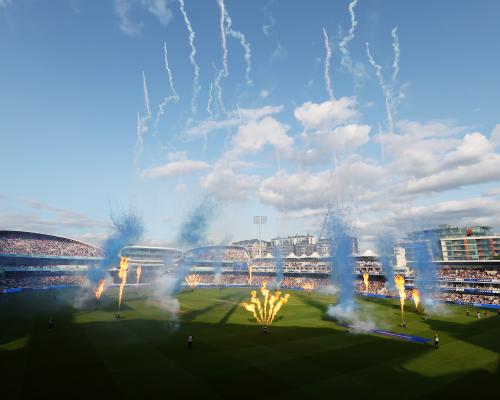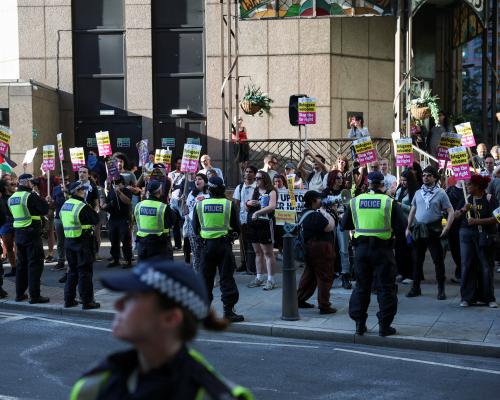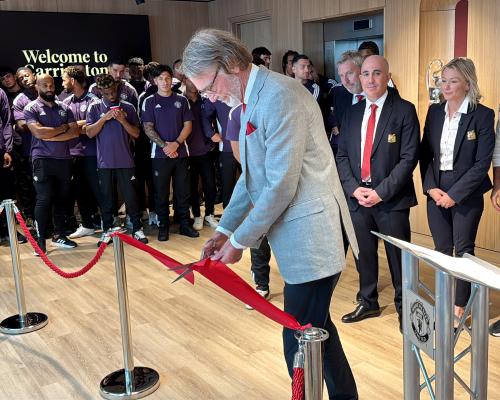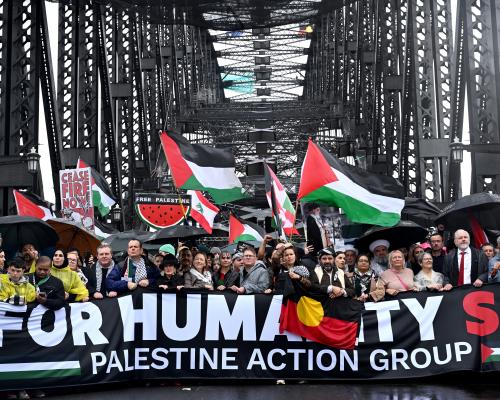
Caroline Alcorso’s first protests were with her family on Tasmania’s Franklin River in 1982 – blockades against the damming of the waterways that grew into Australia’s Greens movement.
She was also on the Sydney Harbour Bridge last Sunday, marching alongside at least 225,000 others to call for an end to Israel’s genocide in Gaza, and says the collective mood reminded her of those times on the river.
Hall Greenland was also there. The 81-year-old former Greens candidate, who was part of the anti-Vietnam war movement and attended the Freedom Rides, says the protest “was a return to the spirit of the 60s and 70s”.
“It was the biggest and most exhilarating [march] that I’ve been on,” he says.
“It was just the full spectrum … of Australian society. The young and the old … It was inspiring.”
Alcorso, who is a current Greens member, says it’s political rather than social attitudes to protest that have changed in Australia in recent decades – supported by “appalling” media coverage.
“We don’t have alternative views in the main political parties any more,” she says, recalling the Labor party’s response to the Franklin protests and support for protecting the river.
In recent years, New South Wales has led the pack in introducing what Greenland calls “authoritarian” anti-protest laws, including giving police broad discretion to penalise people disrupting major roads or infrastructure. Other states have rolled out a suite of similar laws.
-
Sign up for a weekly email featuring our best reads
The backlash against ‘kneejerk law-making’
Protest in Australia is broadly lawful, with the constitution holding the implied right to freedom of political communication. Yet a report released by the Human Rights Law Centre last year found at least 49 laws enacted by governments that have constricted the right to protest over the past 20 years.
In Queensland, protesters who disrupt mining equipment can face one year in prison. South Australia has fines of up to $50,000 and three months in prison for obstructing a public place – laws introduced in 2023 only days after an Extinction Rebellion demonstration.
NSW has enacted the highest number of anti-protest laws of any state, according to the report. In 2022, in response to blockades at Port Botany by climate group Blockade Australia, the state introduced harsh anti-protest laws that can see protesters face a maximum penalty of two years’ imprisonment and $22,000 in fines for blocking major facilities.
“This kneejerk law-making is catching up to the government because it leads to poorly justified, sometimes unconstitutional legislation – and that unites a broad church of actors against it,” says Anastasia Radievska, a protest rights campaigner with the Australian Democracy Network.
In 2023, after a legal challenge by the “knitting nannas”, the NSW supreme court knocked back sections of the anti-protest laws introduced by the former Liberal government because they infringed on the implied freedom of political communication.
Laws passed under the current Labor government also give police powers to issue move-on orders to protestors “in or near” places of worship, regardless of what the protest is about.
In Victoria, there have been discussions about whether to introduce a permit system like in NSW, where organisations can submit a “Form 1” notice to police. But this is now considered unlikely after the state’s new police chief said there was no need for such a system.
Permit regimes are increasingly operating as a de facto “authorisation” system, according to the Grata Fund and Australian Democracy Network’s In Defence of Dissent report.
Maria O’Sullivan, an expert in protest law at Deakin University, says the “to and fro” of court proceedings around protest permits created significant challenges.
She points to the Sydney “Stop All Black Deaths in Custody” march in 2020, which was opposed by police and was only declared an authorised public assembly after a last-minute decision by the court of appeal.
“It’s not ideal for protesters to have to go to court to protect their … right to freedom of assembly,” she says. “Significantly, [those] protesting about police violence and deaths in custody had to negotiate with the police in order to have the protest.”
There are also growing concerns about the jailing of protesters in Australia, as well as onerous bail conditions. Between 2019 and 2024, according to the In Defence of Dissent report, “64 peaceful protesters in NSW were subject to police bail conditions that ban them from associating with either members of a specific protest group or ‘issue motivated groups’ generally”.
Former Greens candidate Hannah Thomas was hospitalised in June after being arrested by police at a Palestine protest and faces losing vision in one eye. She claimed the new NSW laws had “emboldened” the police in interactions with protesters.
How the court sided with the protesters
It was touch and go whether the Sunday Sydney Harbour Bridge protest would go ahead with legal protections. Organisers the Palestine Action Group (PAG) applied to police a week out for legal protections and support facilitating what they then estimated to be a protest attended by 10,000 people.
The police sought an order in the NSW supreme court prohibiting the public assembly.
Lawyers for the police argued there were major public safety concerns, including the risk of crowd crush. Felicity Graham, who acted for PAG, argued tens of thousands of people would turn up regardless of whether it was authorised or not.
Just over 24 hours before the protest was due to start, the court sided with the protesters.
In the judgment, Justice Belinda Rigg said disruption and inconvenience alone were not enough to stifle the right to political protest and noted “significant support for the march” from Amnesty International, trade unions and members of parliament.
Amal Naser, an organiser with Palestine Action Group, says in her experience, how NSW police interact with the near-weekly protest is often shaped by the government’s views on the protest.
She says police usually help facilitate an “orderly and peaceful” march, but when political pressure increased, “there was increased pressure from police”.
The ‘people’s will’
Naser thinks Sunday’s protest will have positive flow-on effects for the right to protest, and that its scale made it almost impossible for the police to enforce the anti-protests laws.
“The precedent that was formed in this case showed that the court does respect the right to protest,” she says.
“Our rally effectively undermined a large aspect of the anti-protest regime … because we were able to get this Form 1 through the courts. No matter what amount of legislation you throw at us, there is enough stamina among the masses to challenge these undemocratic practices.”
It seemed possible the bridge march, which made global headlines, could turn the political tide in NSW – both on attitudes to protest and on Gaza.
On Tuesday, members of the right and some of the left Labor faction attempted to move a motion endorsing the right to protest and condemning the destruction of Gaza and the “Israeli government’s endorsement of ethnic cleansing of Palestinians from the territory”.
The Labor premier, Chris Minns, stared down the revolt, with caucus agreeing to a more moderate motion that recognised the scale of Sunday’s protest.
But tensions are still simmering within the party over Minns’ handling of the protest, with member of the left faction Anthony D’Adam delivering a fiery speech to parliament on Thursday night. He accused the premier and the caucus of gagging and bullying him, and “stultifying the internal culture of the party”.
Naser says Sunday’s protest means politicians can no longer ignore public sentiment.
“Politicians have definitely now seen that the … people’s will is demanding action on Gaza,” she says.
“The Albanese government should reflect on the failures of the Howard government in response to the Iraq war protests, and reflect on whether or not 10 or 20 years from now, they want to be looked at as a government who did not … listen to the will of a people.”
• Do you know more, or have you had a recent experience interacting with police at a protest? Contact Ariel Bogle at ariel.bogle@theguardian.com or Nino Bucci at nino.bucci@theguardian.com


